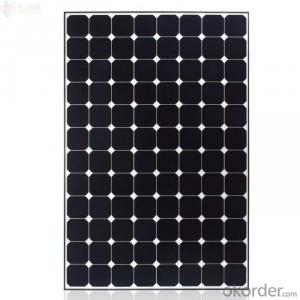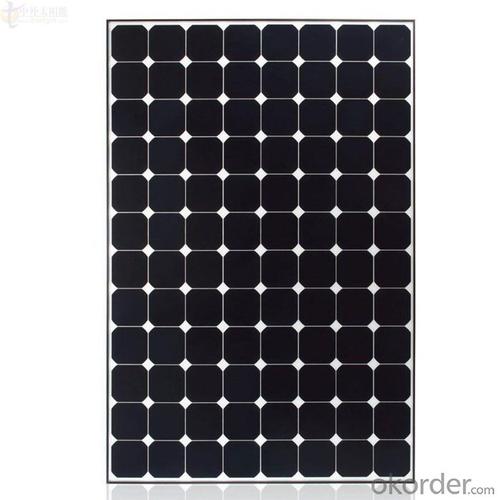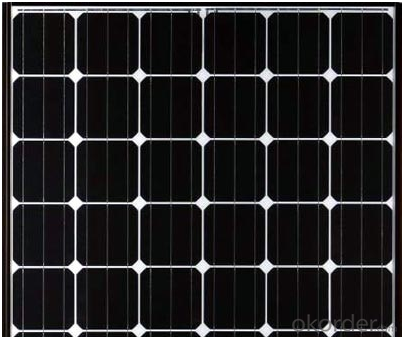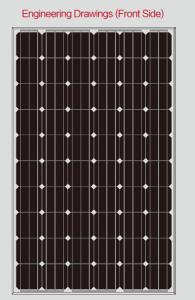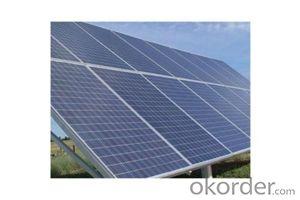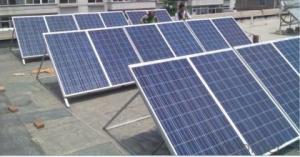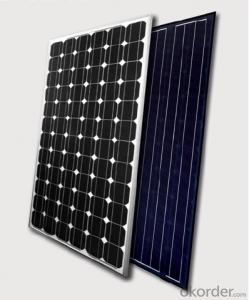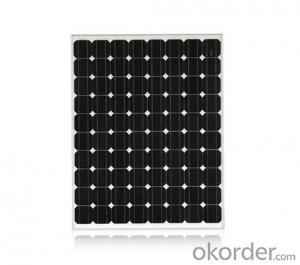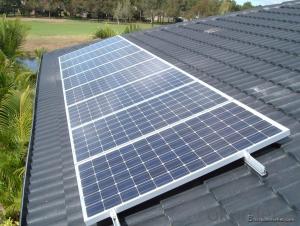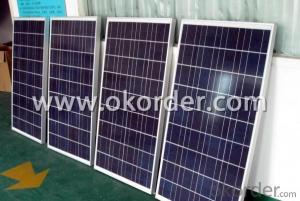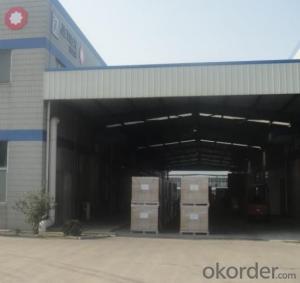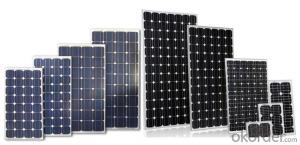Solar Panels in Phoenix - 295w CNBM Solar Monocrystalline Series V (295w—305w)
- Loading Port:
- China main port
- Payment Terms:
- TT OR LC
- Min Order Qty:
- 10000 watt
- Supply Capability:
- 500000 watt/month
OKorder Service Pledge
OKorder Financial Service
You Might Also Like
Specification
CNBM Solar Monocrystalline Series V (280W—290W)
Characteristics
| Max Power Voltage Vmp(V) | 34.7 | 35 | 35.5 | |
| Max Power Current Imp(A) | 8.51 | 8.58 | 8.65 | |
| Open Circuit Voltage Voc(V) | 41 | 41.3 | 41.7 | |
| Short Circuit Current Isc(A) | 9.25 | 9.3 | 9.35 | |
| Max Power Pm(W) | 295 | 300 | 305 | |
Temperature Coefficient of Cells
| NOCT | 45℃±2℃ | |||
| Temperature Coefficients of Isc (%/℃) | - 0.039 | |||
| Temperature Coefficients of Voc (%/℃) | –0.31 | |||
| Temperature Coefficients of Pmp (%/℃) | –0.42 | |||
Mechanical Data
| Dimension | 1954 x 982 x 45 mm | |||
| Weight | 27.5kg | |||
| No. of Cells and Connections | 72 (6 x 12) | |||
| Tolerance | –0.42 | |||
| Cell Monocrystalline Cell | 156 x 156 mm | |||
| Packing | 528 Pcs/40ft(H) Container | |||
Limits
| Operating Temperature | –40 °C to +85°C | |||
| Storage Temperature | –40 °C to +85°C | |||
| Max System Voltage | 1000VDC(IEC) / 600VDC(UL) | |||
IV Curve
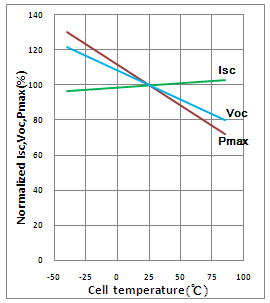
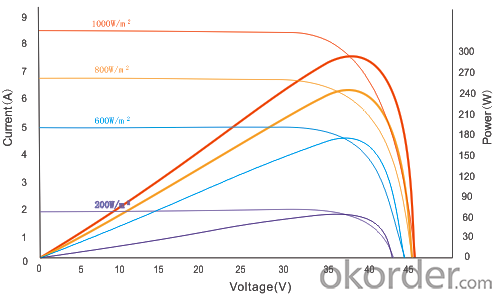
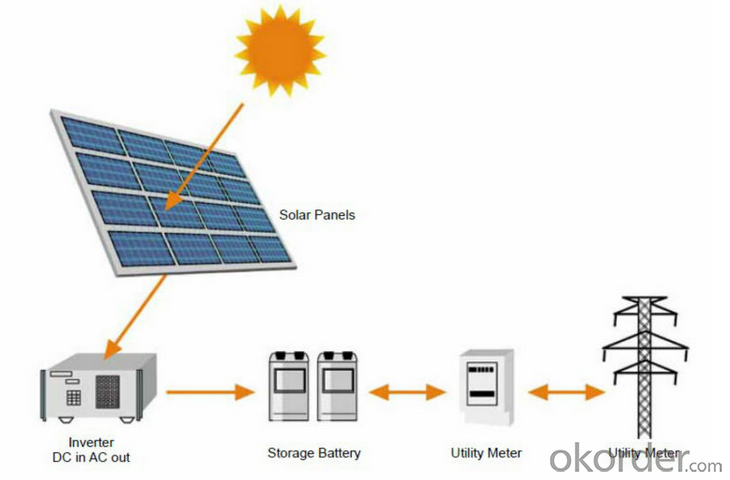
Image
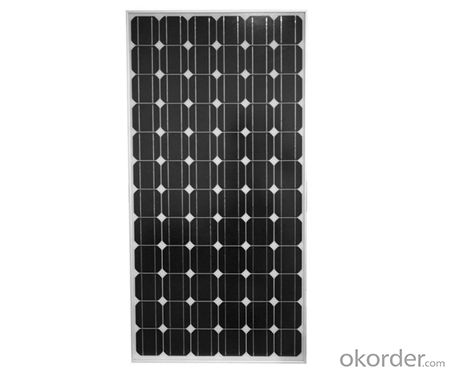
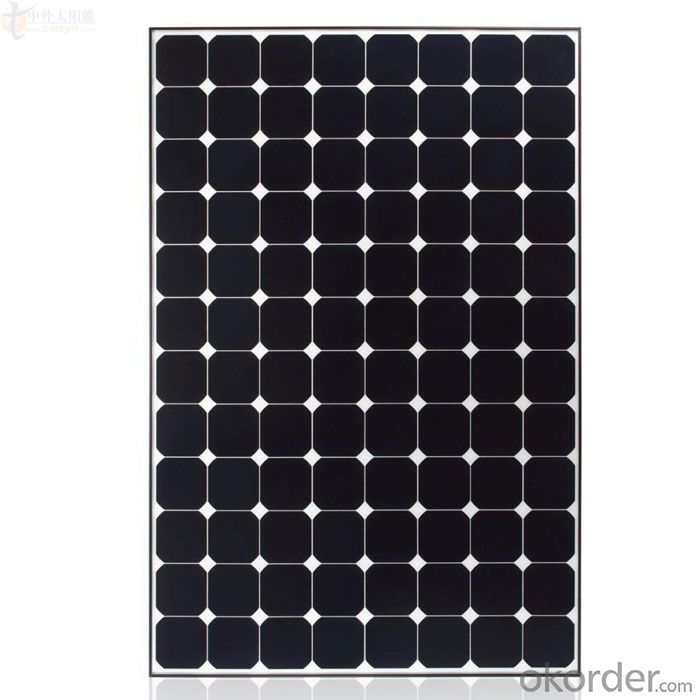
Guarantees
Products Guarantee 12 yrs free from defects in materials and workmanship
Performance Guarantee No less than 90% within 10yrs and no less than 80% within 25yrs
Certificates TUV (IEC61215&IEC61730), VDE(IEC61215&IEC61730), UL, CE
FAQ
1. Q: Do you have your own factory?
A: Yes, we have. Our factory located in Jiangsu province.
2. Q: How can I visit your factory?
A: Before you take off from your country, please let us know. We will show you the way, or arrange time to pick you up if possible.
3. Q: Do you provide free sample?
A: Usually we do not offer free sample
4. Q: Could you print our company LOGO on the nameplate and package?
A: Yes, we can do that.
- Q: How much would solar panels cost for: A Cell phoneA average houseA car
- They would cost quite a bit but the user would likely be eligible for some energy credits from the power company and their cell phone carrier which would bring down the costs
- Q: Can solar panels be leased or financed?
- Yes, solar panels can be leased or financed. Many solar companies offer leasing options where the panels are installed on your property and you pay a monthly fee for their use. Alternatively, solar panels can also be financed through loans or financing programs, allowing you to purchase and own them over time while making affordable monthly payments.
- Q: Can solar panels be installed on a government building?
- Yes, solar panels can be installed on a government building. In fact, many government buildings have already implemented solar energy systems to reduce their carbon footprint and lower energy costs.
- Q: Can solar panels be integrated into buildings?
- Yes, solar panels can be integrated into buildings through various methods such as rooftop installations, facade-integrated systems, and solar windows. These integrated solar panels not only generate clean energy but also blend seamlessly with the building's architecture, making them a popular choice for sustainable and aesthetically pleasing designs.
- Q: i was told that by making a solar panel they cause more pollution than they will end up getting rid of. Is that true?
- It depends on what type of pollution you are talking about. Some of the newer cells that don't use silicone are made with dangerous chemicals that are just dumped into the local water supply when made in China or other places with no real environmental controls. No matter how much carbon free energy the cells produce they will never clean up the mess people made when building them.
- Q: How do solar panels affect the homeowner's insurance policy?
- Solar panels can affect a homeowner's insurance policy by potentially increasing the coverage limits and premiums. Since solar panels are considered an additional asset and may increase the replacement cost of the home, insurance companies may require homeowners to adjust their coverage accordingly. Additionally, the liability coverage may need to be increased to protect against any potential damages or injuries related to the solar panel system. It's advisable for homeowners to contact their insurance provider to discuss the specific impact on their policy.
- Q: My family and I are looking into solar panels for our home. But I'm unsure how it would be priced. This month our home used ,623 kwh. The solar panel company said we should expect $6-$9 per watt used. What would that put as at?
- OK, KWH stands for Thousand Watts per Hour. You used ,623,000 watt/hours last month. If you pay $6.00 per watt, your bill would be $9,738,000.00. That's right-$9 million,seven hundred and thirty-eight thousand and 00/00.
- Q: So idk how to connect a solar panel to a battery ...is it like a series connection from the solar panel to the battery, or a parallel connection from solar cell to battery? (to charge) please and thank you
- it depends how big the panel is. a small trickle charger (like a 2W panel with built-in diode), just connect + to + and - to - (parallel) to trickle charge the battery. The diode will keep the batter from discharging through the panel when there is insufficient sunlight. for a large panel (like a 220W 24v panel), you best go through a charge controller. the charge controller has 2 leads for the solar panel input, 2 leads for the battery connection and 2 leads for the 2v load. just follow the instructions to connect the panel and battery to the controller, and MAKE SURE YOU USE THE REQUIRED FUSES. very straightforward stuff -- just RTFM
- Q: I am doing research for a project.Please reply soon! :)
- Here's solar photovoltaics: They not only look different, they act completely differently!
- Q: That one costs money but looks like it might work. I don't really have the money for it but if it works then it would probably be worth it. Do homemade solar panels really work or is it just a gimmick? I'm really interested to see if anyone has actually tried this and to see what they say about it.Thanks
- Home made solar panels should work just as well. You can make some thrifty ones that don't cost thousands of dollars! And it will truly save you a lot of money in the long run and can even power your home, even after a storm when everyone elses power is out
Send your message to us
Solar Panels in Phoenix - 295w CNBM Solar Monocrystalline Series V (295w—305w)
- Loading Port:
- China main port
- Payment Terms:
- TT OR LC
- Min Order Qty:
- 10000 watt
- Supply Capability:
- 500000 watt/month
OKorder Service Pledge
OKorder Financial Service
Similar products
Hot products
Hot Searches
Related keywords
